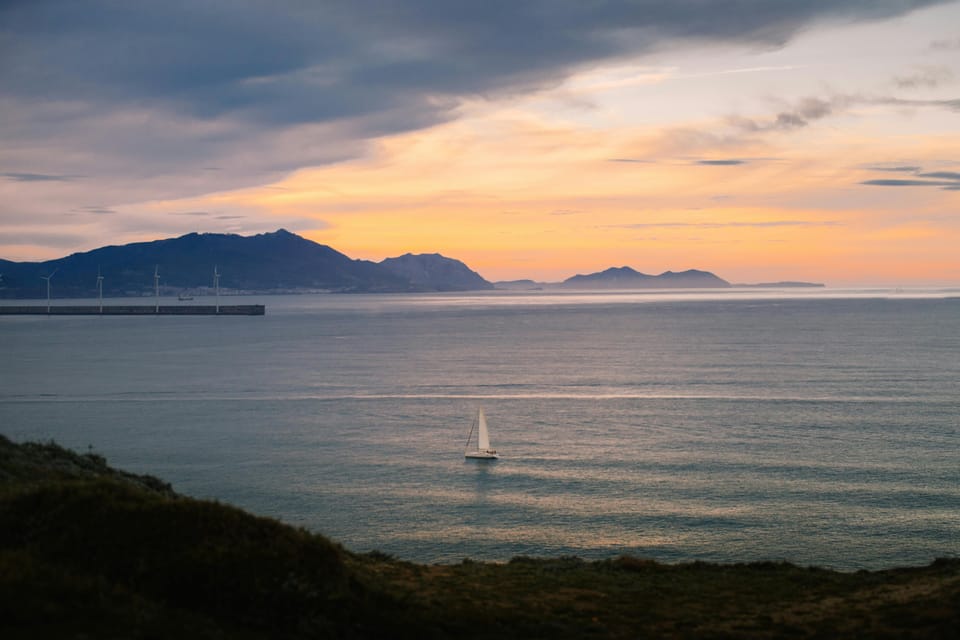Welcome to The Northern Spaniard, a project I'm starting to share my insights as a local with people interested in knowing more / visiting / moving to the North of Spain.
This region is one of the most varied and mysterious in Europe, ranging from cliffs to mountains, from "street food" (pintxos) to the highest rate of Michelin Star restaurants per sq.m., from traditions to the Guggenheim Museum, from cider to wine, from forest to desert.
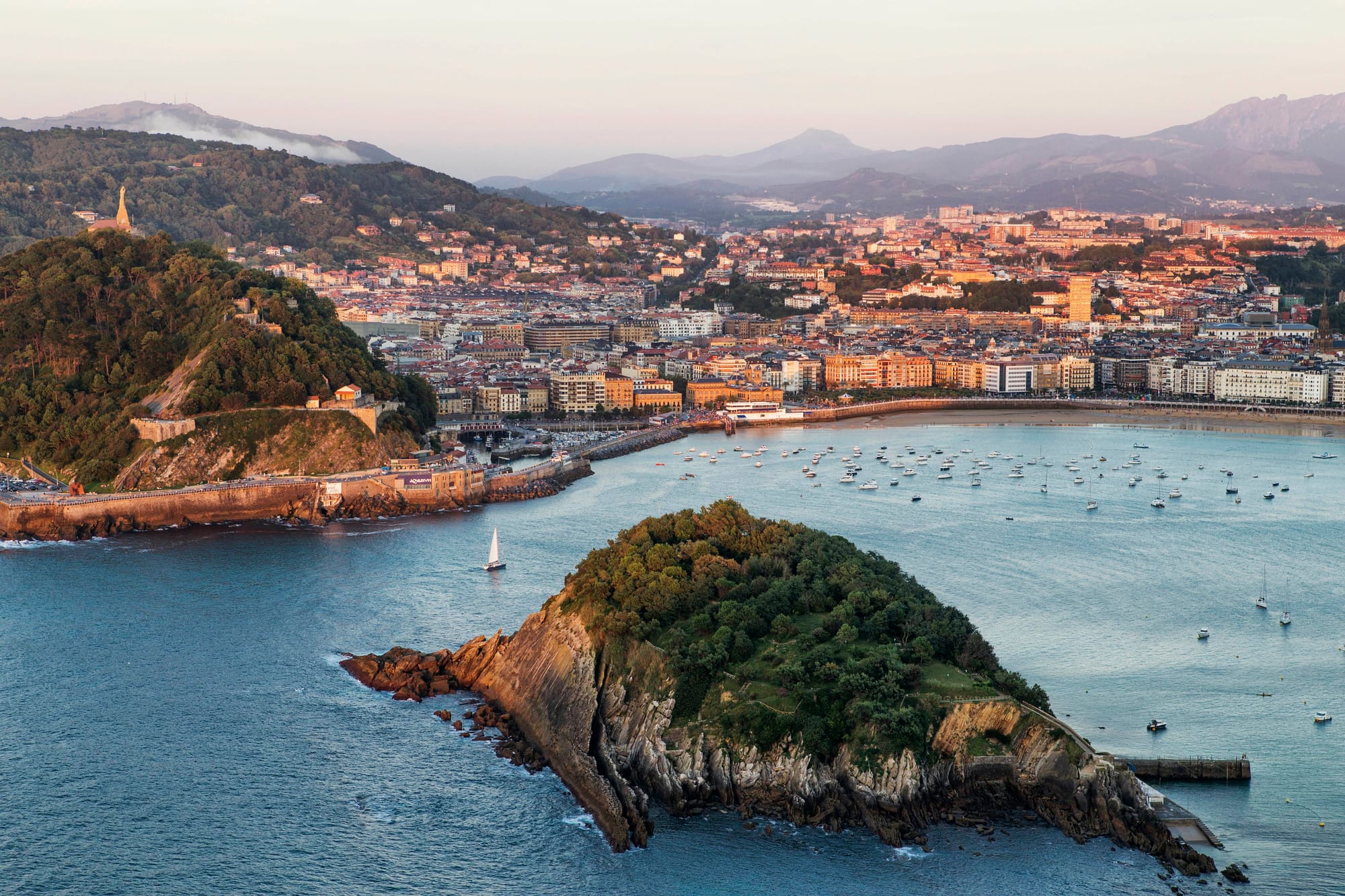
The reason why I'm starting this project
As a local, I grew up without realising how special my region was. This is rhetorical, or even funny, since now I find it the most charming place I've ever seen. I moved abroad for work, and noticed how much of an interest there is for Northern Spain, and how people genuinely want to know more about it.
I also really enjoy explaining and telling people interesting facts or things to do when they visit my area, so I thought this here could be a hobby - to start this newsletter. I'm writing this with 0 people subscribed to it, but I'm faithful that this is something many of you will be interested in.
In the past I've also designed itineraries or guided people who were visiting, and it's something I'm deeply passionate about. Today, I'm stepping up by starting a project that I can, not only share with people I know, but also with the whole world.
What is the goal of the newsletter?
I want to create the ultimate archive about Northern Spain in English. I will do so slowly by writing "small" articles like this, at least once a week. They will also be available as an archive to the people subscribed to the newsletter, and grouped by themes so when you're planing your trip you can navigate the articles easily.
I feel that there's so many things I can tell about my region that this format is the one that makes the most sense. I see this as a "never-ending book" about Northern Spain. And you will receive a new "chapter" every week.
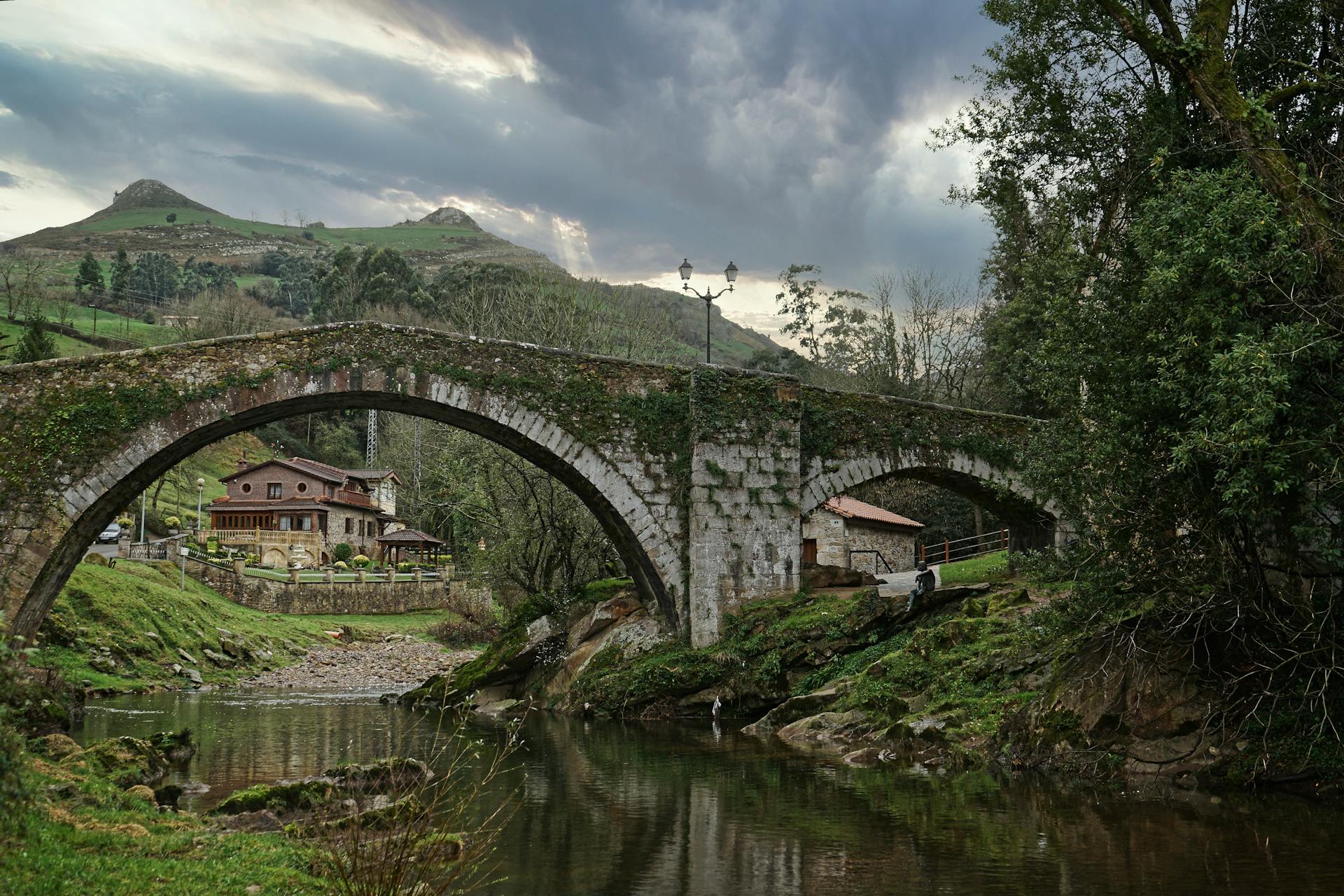
Why did I choose a paid newsletter format?
The main reason for this decision is that I want to keep it free from partnerships. This way I won't have a need to monetise it through recommending certain things that would offer me a commission. I want this to be a truly genuine guide to The North of Spain.
About the author:
¡Hola! Or, Kaixo! (in Basque) My name is Miguel and I'm going to be your guide to discovering Northern Spain, or as we call it, "El Norte" (The North, in Spanish). In many occasions I will probably say "The North of Spain" instead of "Northern Spain" because I'm used to calling it "The North" in Spanish.
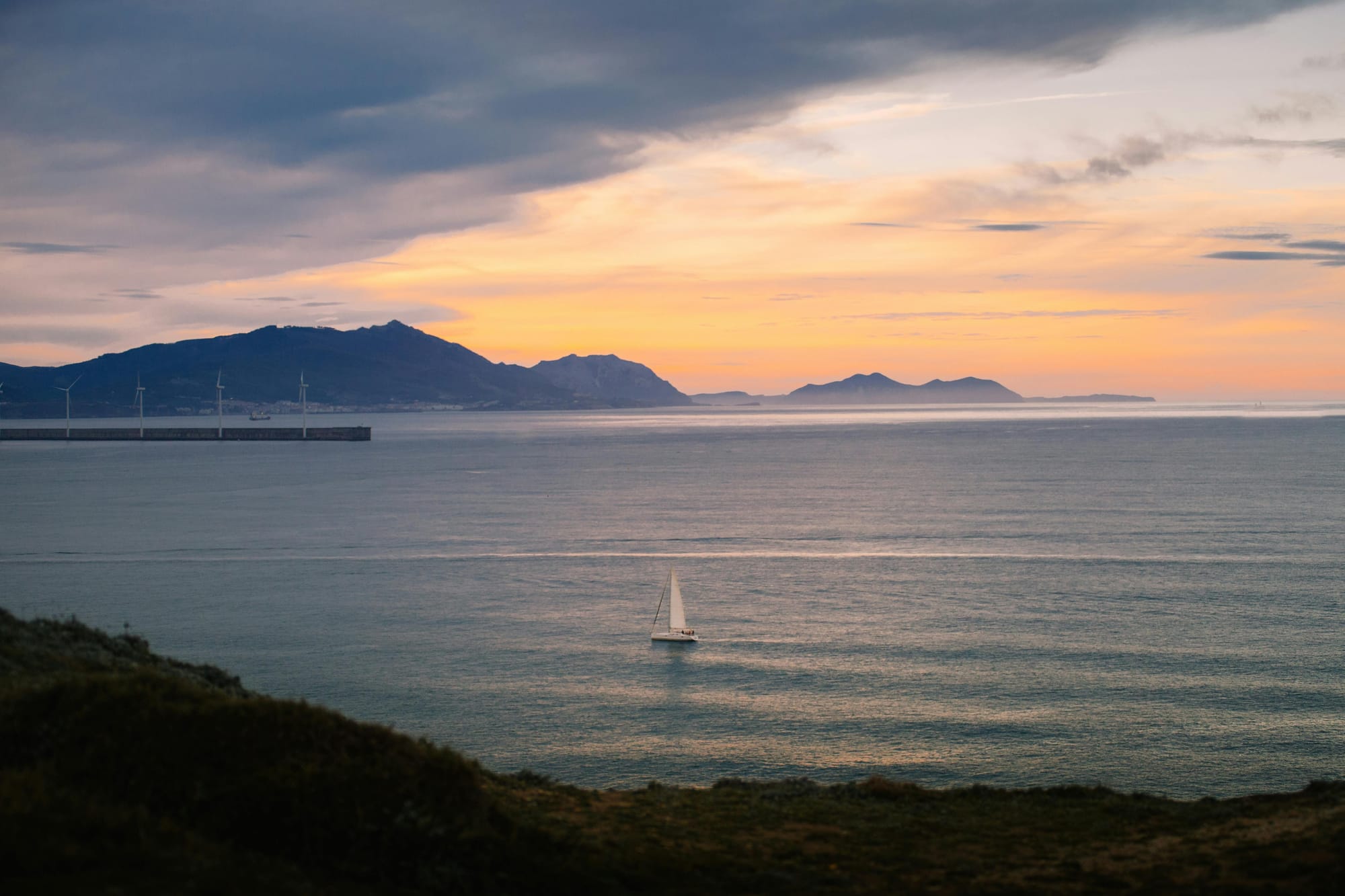
This picture you see here is from where I grew up. It's a perspective from La Galea in Getxo, a coastal municipality at the end of the river that crosses Bilbao city centre. The mountains you see on the right is already Cantabria, which means we are looking directly to the west. This is also the reason why, being in the North, we can see the sun falling on the sea during the sunset.
You can check the perspective on Google Maps here, we are in "Paseo Punta Galea" in Getxo, looking at "Faro Del Caballo" in Santoña, and even "Faro de Ajo", in Ajo:
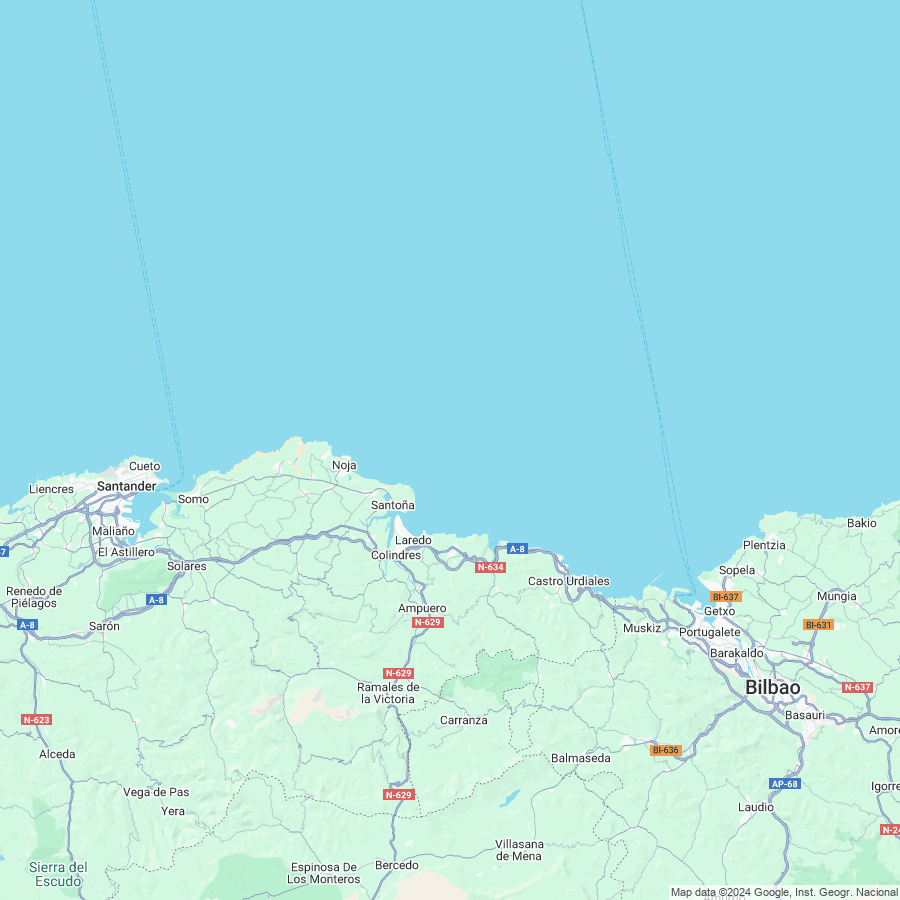
Coming back to the "About me" topic, I was born in Pamplona and grew up in the "Great Bilbao" (Bilbao metropolitan area). As I said, growing up I didn't think The North of Spain was that cool, it was just the place I was used to. Then, being older, I started noticing how amazing it is in terms of quality of life, safety, gastronomy, nature, social culture, etc... You know, all the things you don't notice when you're a kid.
I'm very interested in cultures and history, and understanding why things are the way they are. I think if you're also interested in this, you will really enjoy this newsletter. Furthermore, I also have a deep passion for Old Towns. I guess it's because of what I said at the beginning of the paragraph, but there's some feeling of calmness that floods me when I step on the cobblestones that cover the floor of the many towns in Northern Spain.
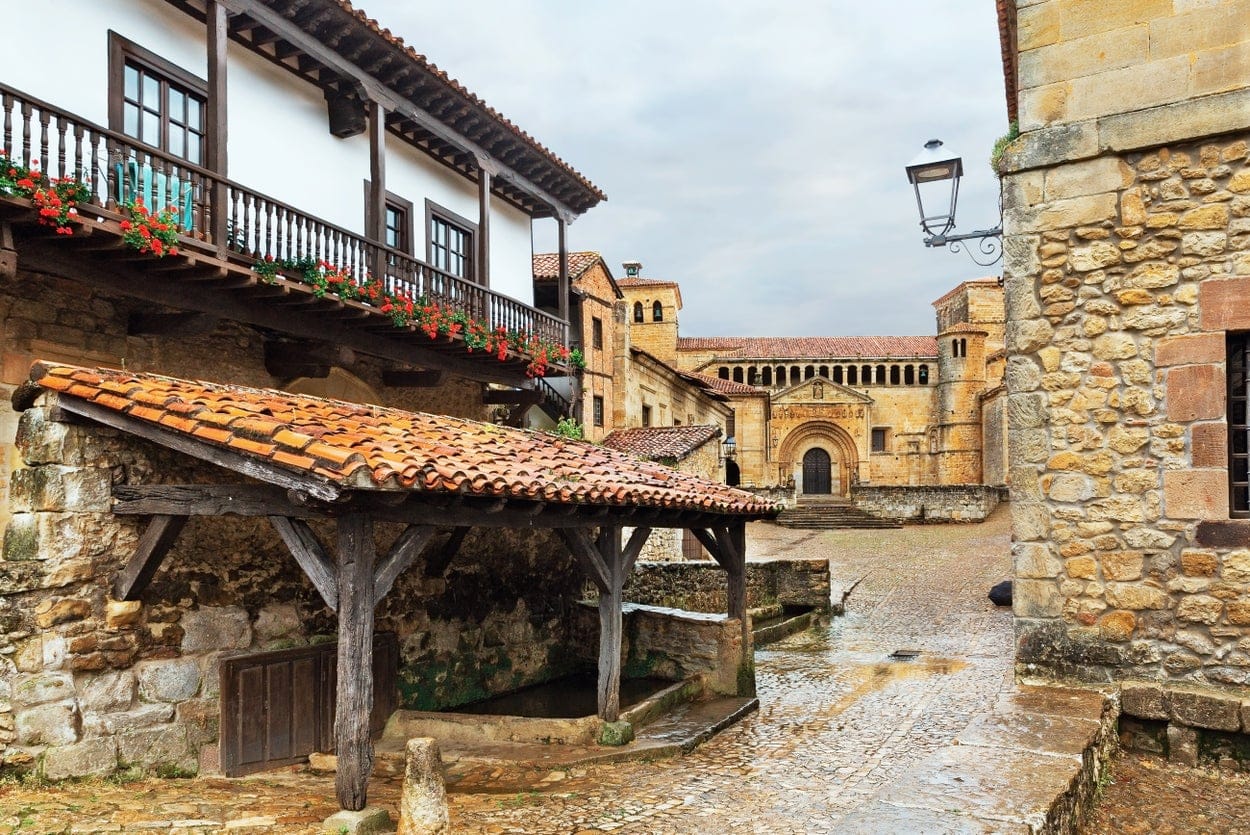
Gastronomy is one of my main interests as well, as I love eating and cooking traditional recipes as home. I will also include a good few of them in this newsletter. My favourite, Spanish Traditional Oxtail Stew "Rabo de Toro". No worries for those who don't eat meat, I think it could still be interesting as well for you to understand the recipes, as they reflect very accurately the culture and what was available for the locals in the past.
The best example for this is Paella, which is traditionally made with rabbit, not seafood. People from Valencia (the founders of the dish) won't call it a Paella if it contains seafood. In the same way, the recipes I will share with you can hint what the region looked like before technology and mass producing.
What are some articles that are already planned for the newsletter?
Here I wrote a list of articles I will publish in the following weeks:
- Visiting Bilbao during Christmas - To do, To see, To eat.
- Why is Bilbao so popular now?
- What is the original Basque Cheesecake recipe?
- San Sebastian during Christmas, what is the hype about?
- The controversy of how cooked Tortilla de Patata should be, and my favourite Tortilla Pintxos around Bilbao.
- What is the Flysch and why is it worth seeing when you go to the Basque Country?
- What to see and eat in Llanes, the charming coastal town in Asturias.
- Why is the tuna from the Cantabrian Sea a rare delicacy?
- What 1.2M euros gets you in the North of Spain: Wake up with this view every day!
- What is Txakoli, the famous Basque wine that grows by the cliffs?
- What is the famous Broken Coast in The North of Spain?
- The “Guggenheim” of La Rioja, an architectural masterpiece among vineyards.
